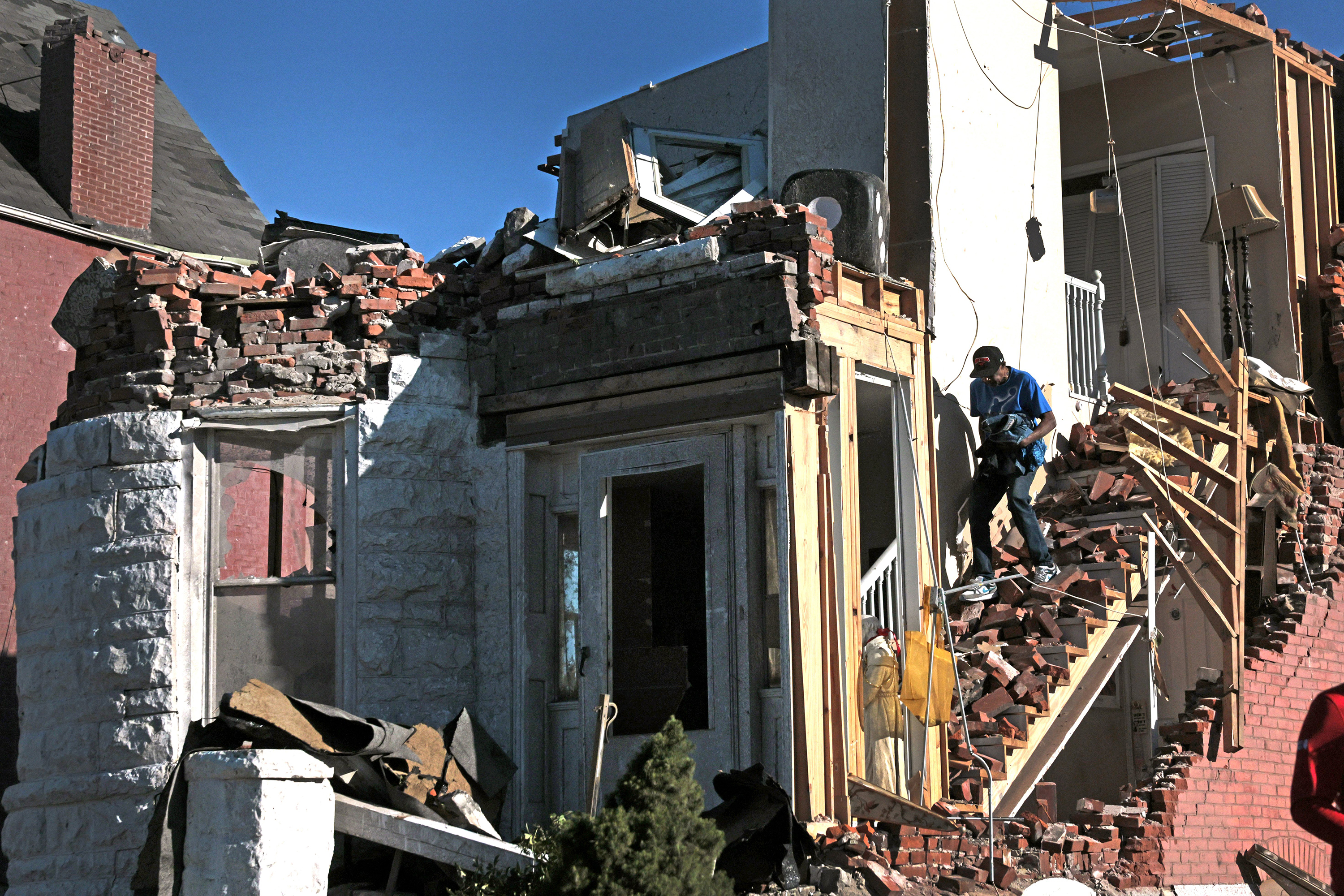Taxpayers are all smiles when they are able to sell their principal residence at a sizeable gain and avoid any tax liability. Under the home sale exclusion, they can generally exclude up to $250,000 of gain from tax or $500,000 if they are married and filing jointly. But what happens if the home is worth less than what you paid for it? On the flip side, there’s no tax break for selling a principal residence at a loss.
One popular tax strategy is to convert a personal home into a rental property before selling it. In that event, you collect rent from tenants that can be offset on your tax return by certain expenses. If you subsequently sell the home, you may be able to deduct a loss from the sale of the investment property. But your basis for tax purposes is the lesser of the home’s original purchase price (plus any improvements) or its value on the date of the conversion.
At least this gives clients some protection in a declining market. Yet there is another tax hurdle to clear, as evidenced by a new Tax Court case. To qualify for the loss of a personal property converted to a rental property you must be serious about renting out the place (Redisch, TC Memo 2015-95).
Key facts: The taxpayers, a married couple, bought an oceanfront condo in Florida for $875,000 in 2004. They used the property personally and often spent time there with their daughter. After the daughter passed away in 2006, the couple stopped using the property. In 2008, they decided to rent out the place and listed the property with a broker specializing in this type of rental. Apparently, the broker showed their home as a model home and advised prospects that it was available for rentals.
The taxpayers changed one of the bedrooms into a child’s room to appeal to potential renters that were grandparents. Also, the property was featured in a portfolio of rental properties in the realty company’s office. Although the couple claimed to receive inquiries from two potential renters, neither rented their property due to building restrictions.
Due to the lack of interest in rentals, the taxpayers listed the condo for sale with a different agent in 2009. Later in the year, they took the property off the market to determine if it should be priced more competitively. Finally, they sold the property late in 2010 for $725,000. Then the taxpayers claimed a loss on their 2010 return.
After weighing all the facts and circumstances (see sidebar), the Tax Court said that the Florida property was never converted to a rental property. The Court cited the minimal attempts at renting the property and the lack of documentation of any rental agreement. It concluded that there was no bona fide effort to actually sign up tenants. Therefore, the loss was denied.
If a client is in this situation, keep copies of rental agreements and supporting documentation. This may help preserve a loss deduction for a legitimate conversion to a rental property.
Five Factors to Consider
The Tax Court traditionally looks to these five factors to determine a taxpayer’s intent to convert a personal property:
- The length of time the house was occupied by the individual as a personal residence before placing it on the market for sale.
- Whether the taxpayer permanently abandoned all further personal use of the home.
- The character of the property (e.g., recreational or otherwise).
- Any offers to rent.
- Any offers offers to sell.
No single factor is determinative. All of the facts and circumstances are considered.
Thanks for reading CPA Practice Advisor!
Subscribe Already registered? Log In
Need more information? Read the FAQs
Tags: Income Taxes, IRS



